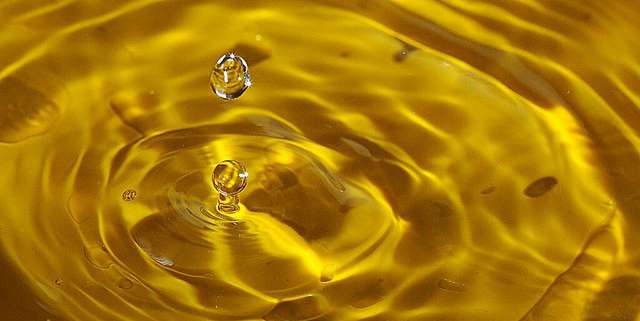
UV-VIS analysis of water is an easy and effective method for determining organic compounds and possible contaminants in our water sources. Image Source: Flickr user Koshy Koshy
Water analysis is a hot topic in our eco-friendly world, and the truth is that water contamination is of central importance to environmental safety. Not only is UV-VIS spectroscopy an affordable method of water analysis, but it also has many applications in the world of environmental science. Compared with other methods of spectrophotometry, UV-VIS spectroscopy is more adaptable and versatile than many scientists once believed.

